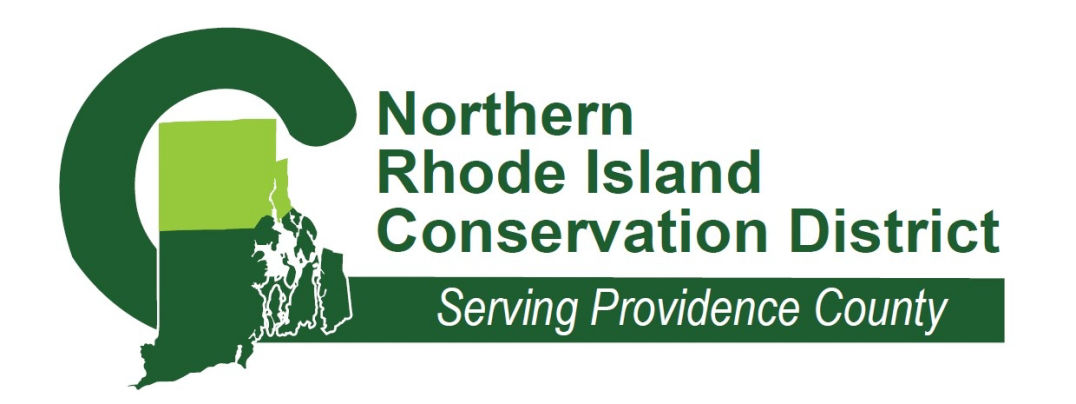

The Northern Rhode Island Conservation District educates and assists northern Rhode Island residents as they protect their communities water and soil. This includes both farmland and urban land. NRICD had already been working with local businesses, homeowners and elementary school children. We wanted to teach local teenagers about local water quality protection.
Mike Merrill, from the Natural Resource Conservation Service, told us about Rain Gardens and how they are being used in different parts of the country. We learned that the average person can plant a Rain Garden next to their home or business, helping to protect the water around their home.
We realized that many Rhode Islanders did not know that this simple technique was available to them. We decided to train high school students to teach Northern Rhode Island residents about Rain Gardens. To do this, the teens would first need to be taught about a Rain Garden's purpose and how to plant one. Then students would plan a publicity campaign to pass this information on to their city. Finally, students would plant a demonstration Rain Garden in their community. An educational sign would be planted beside the garden to educate passerby. As a result, local homeowners and businesses would learn about Rain Gardens and local teenagers would also learn biology, ecology and more through their environmental work.
What Is a Rain Garden?
A "Rain Garden" is a man-made depression in the ground that is used as a landscape tool to improve water quality. The rain garden forms a bio-retention area by collecting water run-off and storing it, permitting it to be filtered and slowly absorbed by the soil. The main purpose of a Rain Garden is to prevent water pollution. They are planted beside parking lots, driveways and roofs to intercept rainwater running off these watertight surfaces. They are planted with native plants that don't need extra fertilizers and insecticides that can pollute water. The soil and roots of the garden act as a filter as they trap automotive fluids and other pollutants. Cleaner water moves down into groundwater. This groundwater eventually enters a nearby brook or river or pond.
Benefits of a Rain Garden
• Young people will study life science and ecology, while learning about community service and teamwork.
• Each additional Rain Garden planted decreases the pollution entering our local waters, promoting healthy swimming and fishing in nearby rivers and lakes.
• A beautiful nature garden grows next to the asphalt of parking lots and streets.
• A small wildlife habitat is created and people can watch butterflies and other wildlife.
• Your city will learn a new and practical conservation method.
Design a Rain Garden
• Choose a suitable site
• Determine how large the Rain Garden should be
• Dig the Rain Garden, adding topsoil if needed
• Choose and plant native plants
Rain Garden Workshops & Resources
Click Here
A project of the Northern Rhode Island Conservation District working in partnership with USDA—Natural Resource Conservation Service, Shea Senior High, and Woonsocket High School, with support from Narragansett Bay Estuary Program, Wildlife Habitat Incentive Program, and Patagonia BOSTON.
Designed with Mobirise website theme